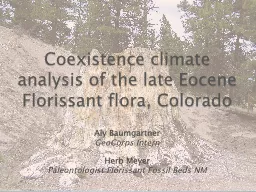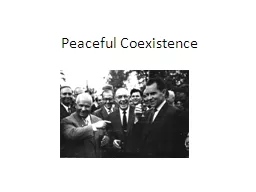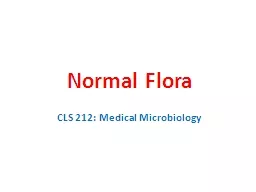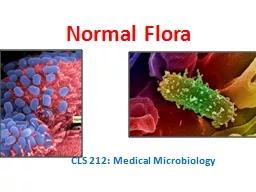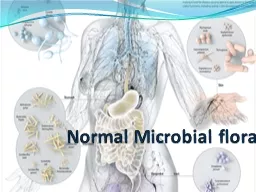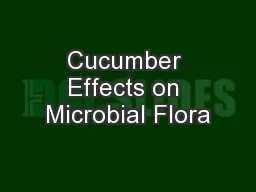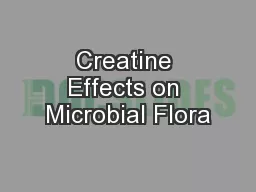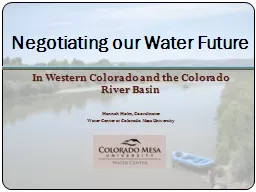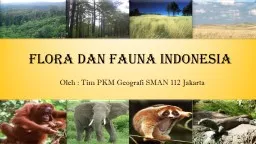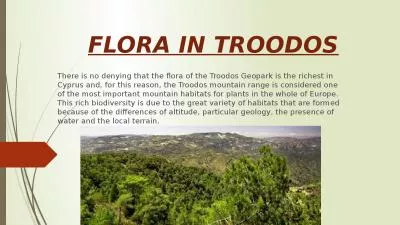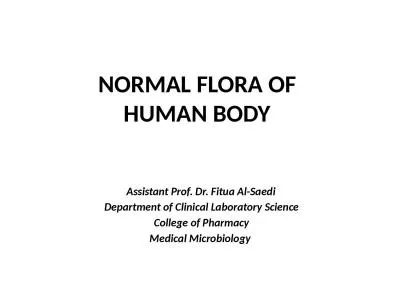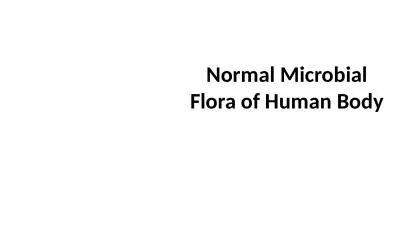PPT-Coexistence climate analysis of the late Eocene Florissant flora, Colorado
Author : StarDust | Published Date : 2022-08-02
Aly Baumgartner GeoCorps Intern Herb Meyer Paleontologist Florissant Fossil Beds NM 3407 010 Ma Late Eocene Lake Florissant Plant fossils 140150 plant species
Presentation Embed Code
Download Presentation
Download Presentation The PPT/PDF document "Coexistence climate analysis of the late..." is the property of its rightful owner. Permission is granted to download and print the materials on this website for personal, non-commercial use only, and to display it on your personal computer provided you do not modify the materials and that you retain all copyright notices contained in the materials. By downloading content from our website, you accept the terms of this agreement.
Coexistence climate analysis of the late Eocene Florissant flora, Colorado: Transcript
Download Rules Of Document
"Coexistence climate analysis of the late Eocene Florissant flora, Colorado"The content belongs to its owner. You may download and print it for personal use, without modification, and keep all copyright notices. By downloading, you agree to these terms.
Related Documents

